
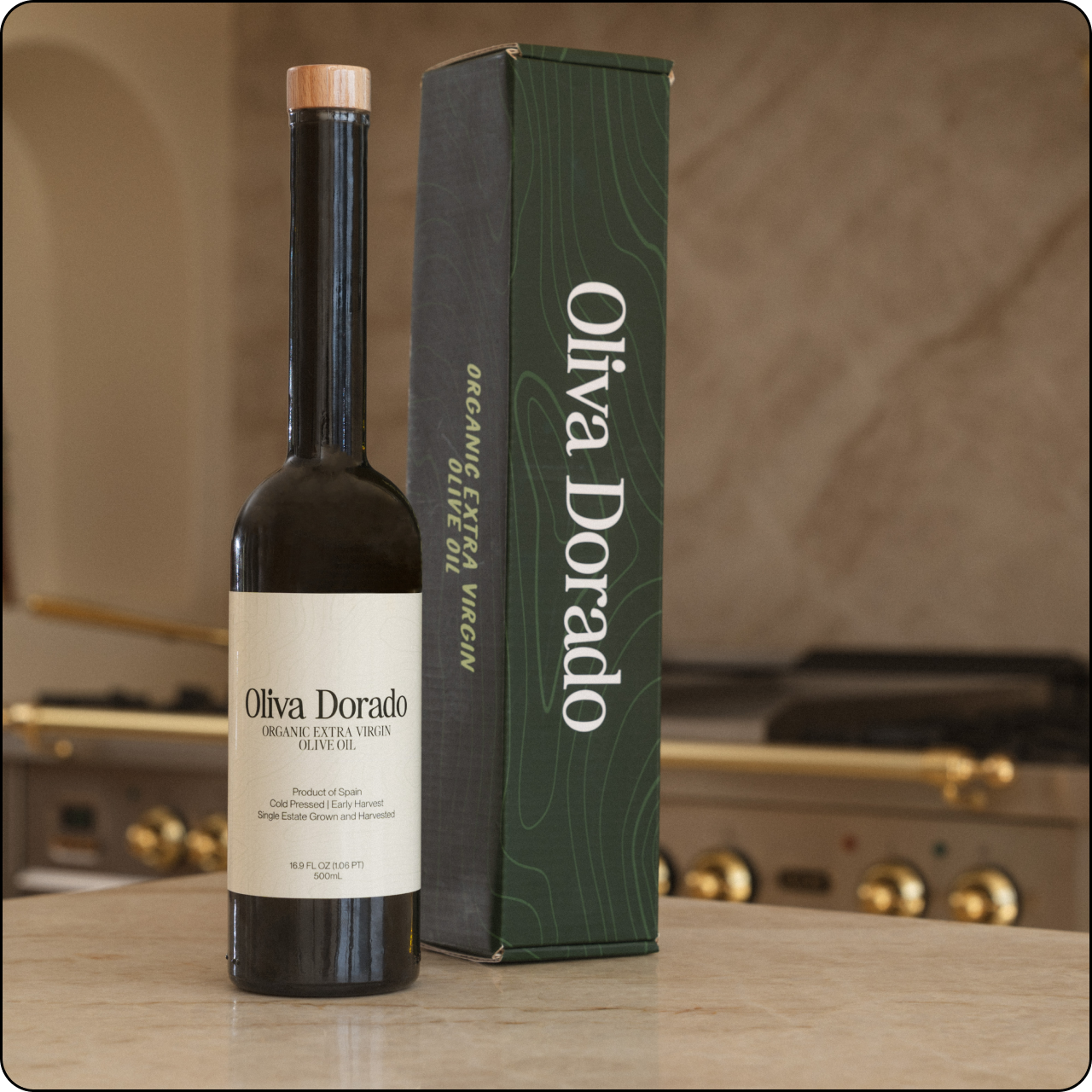
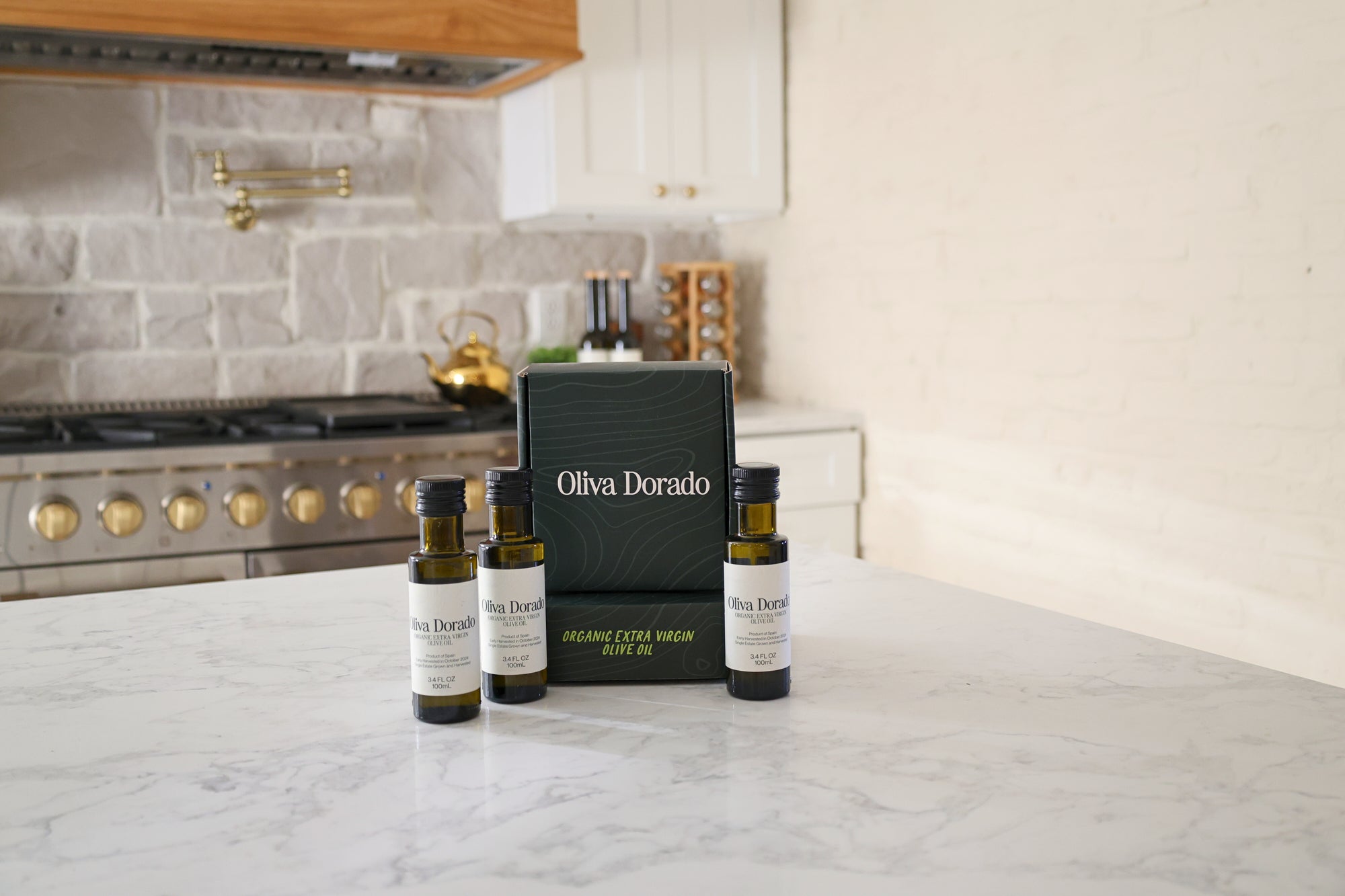

Add a personal touch! Gift orders include a handwritten note with your message on a beautifully customized postcard, making each bottle even more special.




Add a personal touch! Gift orders include a handwritten note with your message on a beautifully customized postcard, making each bottle even more special.
When it comes to olive oil, Spain, Italy, and Greece are the three most renowned producers in the world. Native to the Mediterranean, olive oil production has expanded to every continent (except Antarctica) and is now produced in 43 countries. However, about 95% of the world’s olive oil is produced in the Mediterranean region. Latin America is also an important modern region for olive cultivation, alongside California and the Mediterranean.
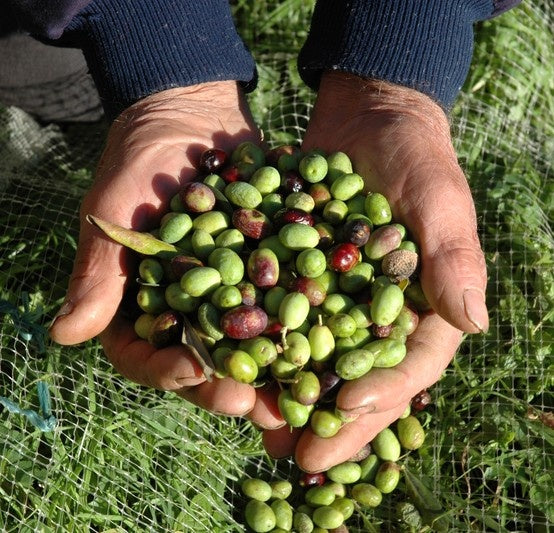
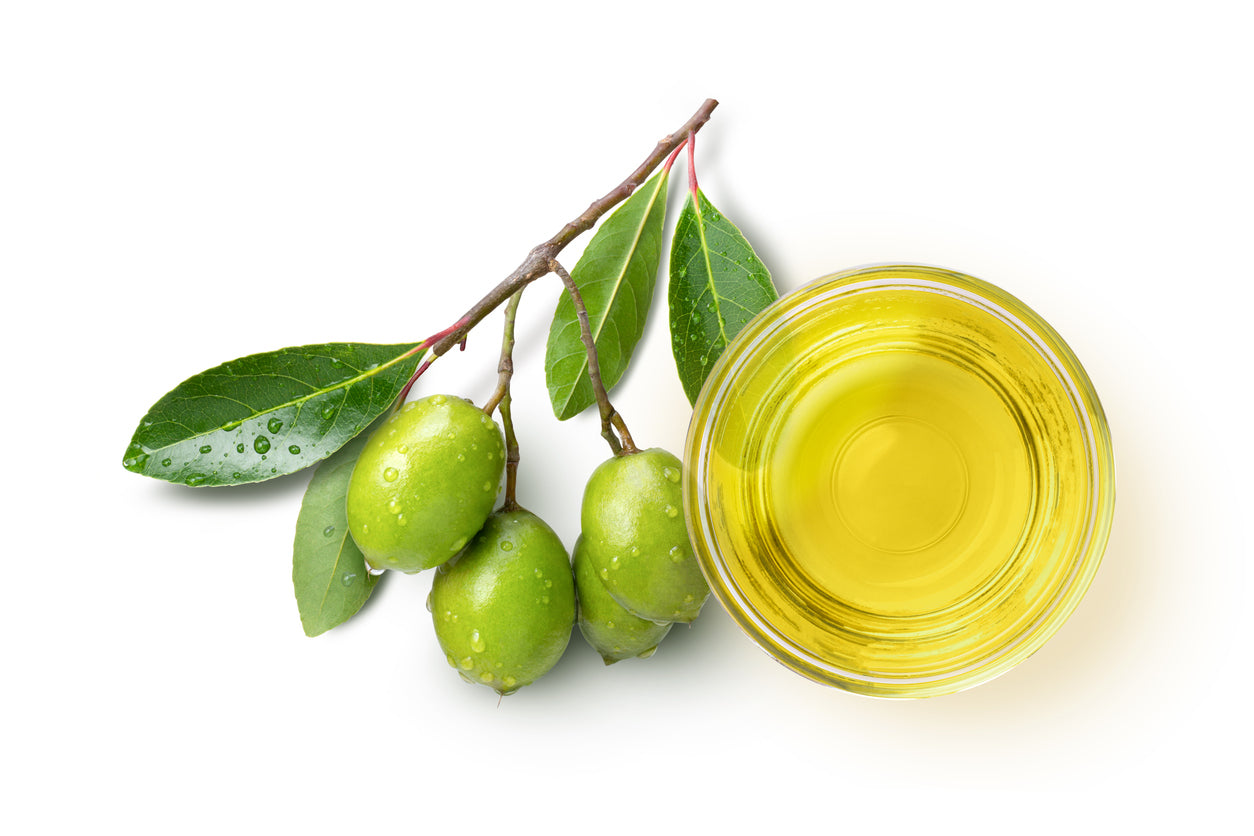
Olive oil can come from a single type, such as arbequina, koroneiki, or cortina, which makes it an unblended, monovarietal olive oil. Producers can also blend olive types together and make what is called a varietal olive oil. When buying olive oil, it is important to buy "unblended" in the sense that it comes from a single farm (usually known as a single estate or single origin). It is important to note that many high-quality producers make varietal blends from their own trees, which are fantastic options as well. An example of this would be an arbequina and arbosana blend from a single-estate Spanish farm.
What makes every olive oil different largely depends on:
1) The olive type
2) The region, soil, and climate
3) The olive trees
Similar to red wine, the region the product is made plays a major role in the final product.
The environment in which olives are grown plays a vital role in determining the characteristics of the oil. Olives growing in warm, drier climates, like Spain or Southern Italy, tend to produce oils with more intense flavors and higher levels of antioxidants. In contrast, olives grown in cooler or more temperate regions may produce oil with milder flavors.
Timing is everything when it comes to harvesting olives. Early harvest olives, which are picked when they are still green, tend to produce oils that are more bitter and pungent, with higher levels of polyphenols. These oils are typically more robust with flavor, with a peppery finish.
Olives harvested later, when they are fully ripe and black, produce a much milder oil, with a fruitier and more buttery flavor. These oils often lack the intensity and bitterness of early harvest oils.
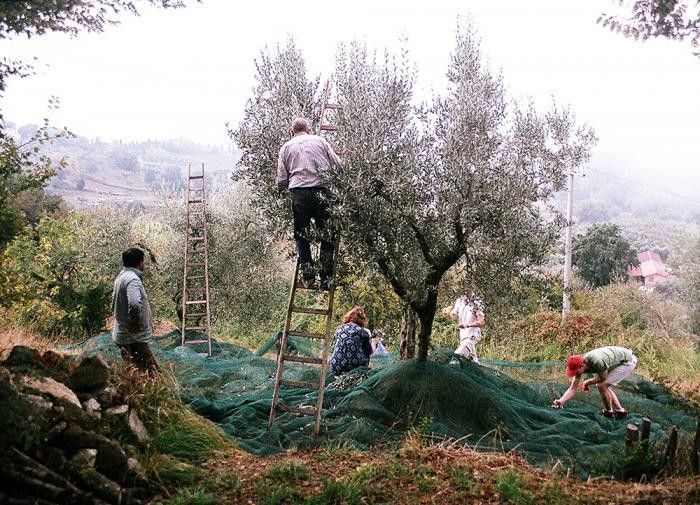

If you’ve ever browsed the olive section at the store, you may have noticed the large variety of colors. From olive green, dark olive green, a dark yellowish green color, to dark purple, deep purple, and all the way to black olives, there does not seem to be a shortage in colors.
All olives start out green. From there, they grow to a golden, yellowish hue, then reddish purple, to almost black. The color of your olives depend on when it was picked.
Green Olives: Green olives are the unripe fruit of olive trees and are packed with antioxidants and healthy fats, such as Vitamin E. They get their salty flavor from soaking in a lye solution before brining, which is necessary for removing the naturally bitter taste of raw olives.
Black Olives: Black olives are the ripened olives left on the olive tree for a longer period before being picked. This allows the fruit to become fully ripened on the olive tree and leads to a darkish color. Black olives are also high in monounsaturated fats, calcium, potassium, and Vitamin E.
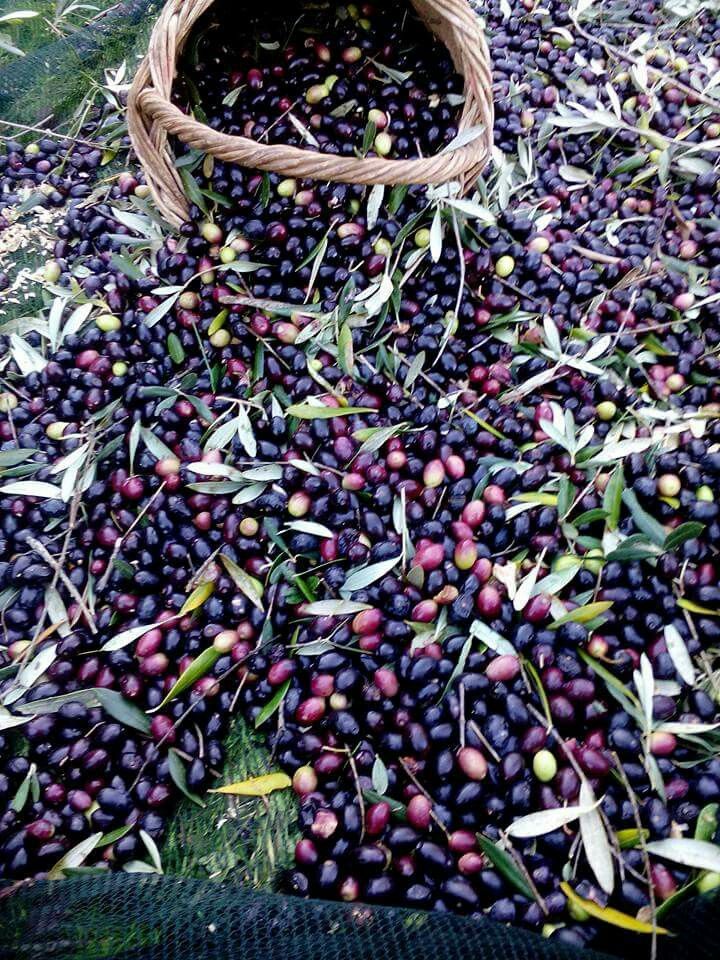
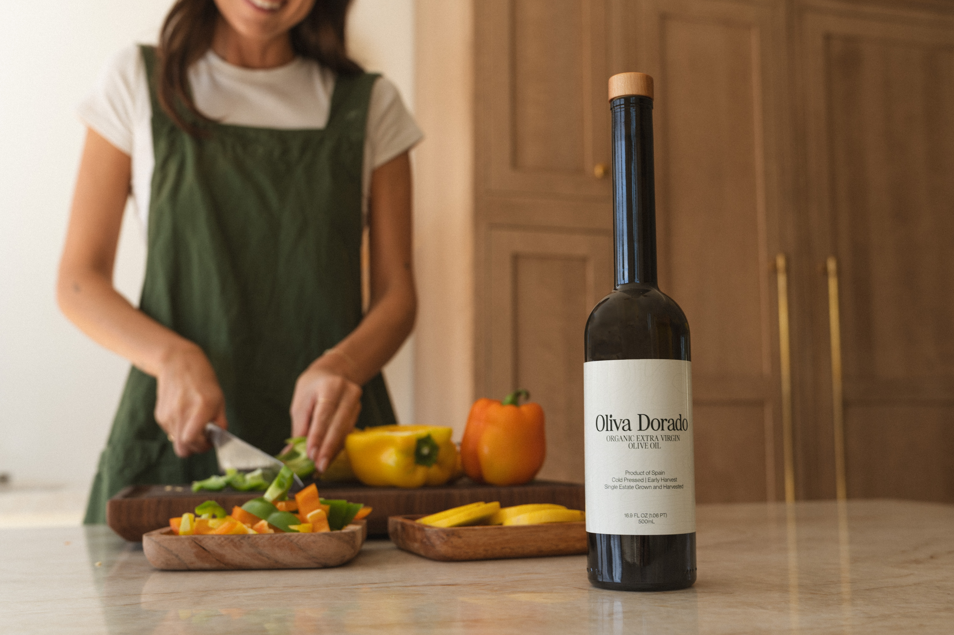
While you may have seen many different shades of olives, like olive green, deep purple, and brown, green and black are the only true colors. Different shades result from when the olive was picked during the riping process, as well as the variety of the olive.
Olive green shades are also popular in fashion and interior design for their ability to complement a wide range of skin tones.
A green olive tends to have more sodium and is therefore saltier than a black olive. A green olive also tends to have a tangier, more bitter flavor than an olive that is black, dark purple, or has a dull light brown color.
A green olive is harvested before it has fully ripened, while a black olive ripens before it is harvested.
Lye curing, dry curing, and brine curing are all methods for preserving olives, and the most suitable method depends on the type of olive and how ripe it is. Water curing is another method, where olives are soaked in water that is regularly changed to gradually remove bitterness, resulting in a milder flavor.
Green olives undergo a fermentation process that involves soaking in a lye solution before being cured in a salt brine (i.e. brine curing). Most olives are prepared this way, other than dry-cured olives, which are olives that have been rubbed with salt and air-dried to remove bitterness and moisture. Ripe olives skip the fermentation step and are cured right away.
Both green and black olives are nutritious. However, green olives are slightly more nutritious resulting from being picked faster. Green olives tend to be higher in polyphenols than black olives.
Green olives have a high sodium content, which means they have a salty, savory flavor with numerous culinary uses. They are typically enjoyed on their own, in a salad or pasta, in a tapenade, or as a garnish for martinis.
Green olives are usually pitted but can also be stuffed with pimentos, cheese, jalapenos, hot peppers, capers, anchovies, nuts, rosemary, blue cheese, or a variety of cheeses (we recommend trying them with sheep’s milk cheese).
Manzanilla olives are the most common type of olive found in a supermarket today. They are an oval shaped olive with a slightly smoky, almond-like flavor.
Black olives are typically enjoyed on their own or as an appetizer. They also make an excellent addition to charcuterie boards and cheese plates. They are a common pizza topic and lend a salty, tangy flavor to salads and pasta recipes.
Common black types include Kalamata olives, named after the city of Kalamata in the southern Peloponnese, Greece. These are Greek olives that have a mild flavor and purple-brown hue. Kalamata olives are typically preserved in red wine vinegar, red wine, or olive oil, which contributes to their rich, smoky, and fruity flavors. Another popular variety is the Italian Gaeta olive.
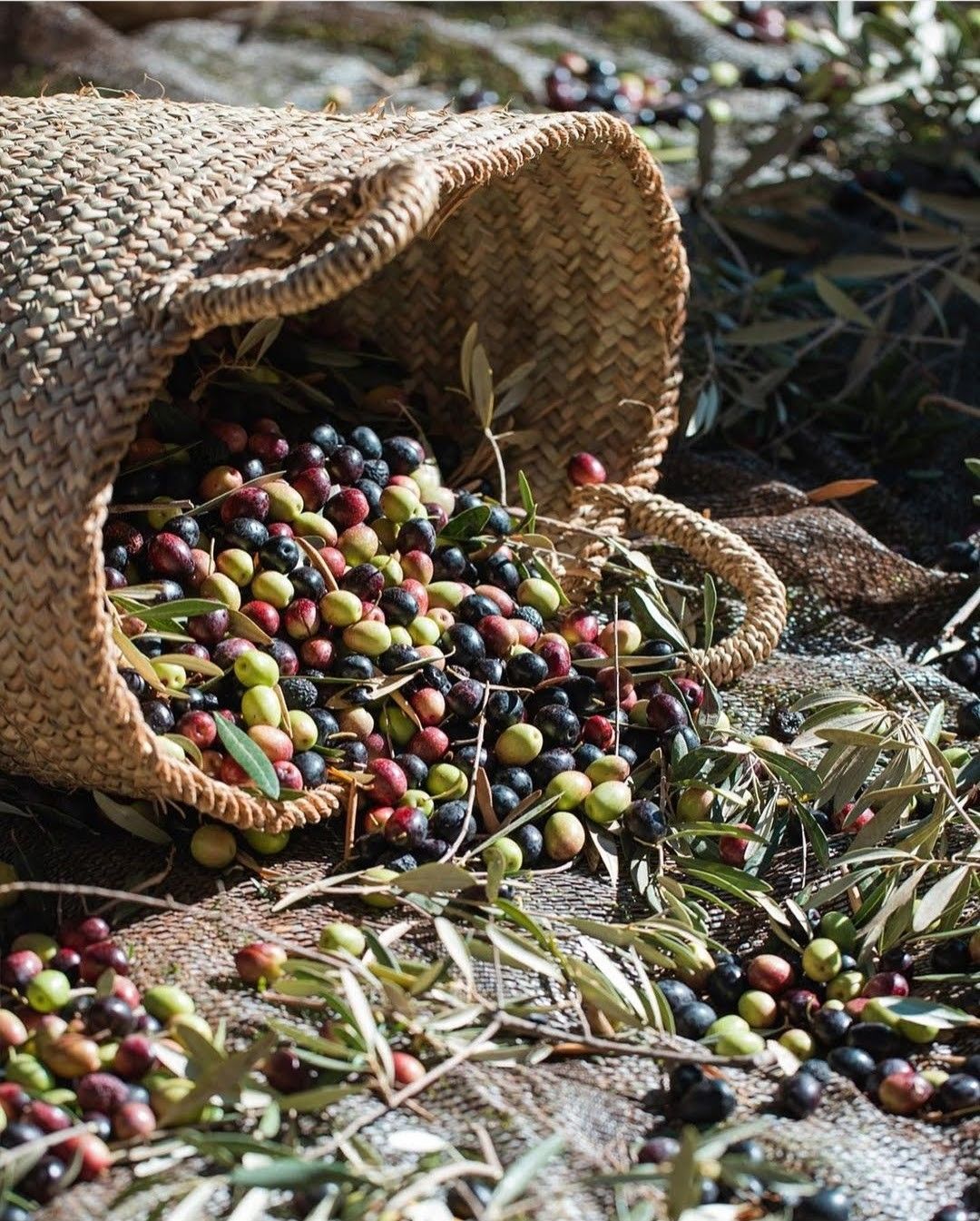
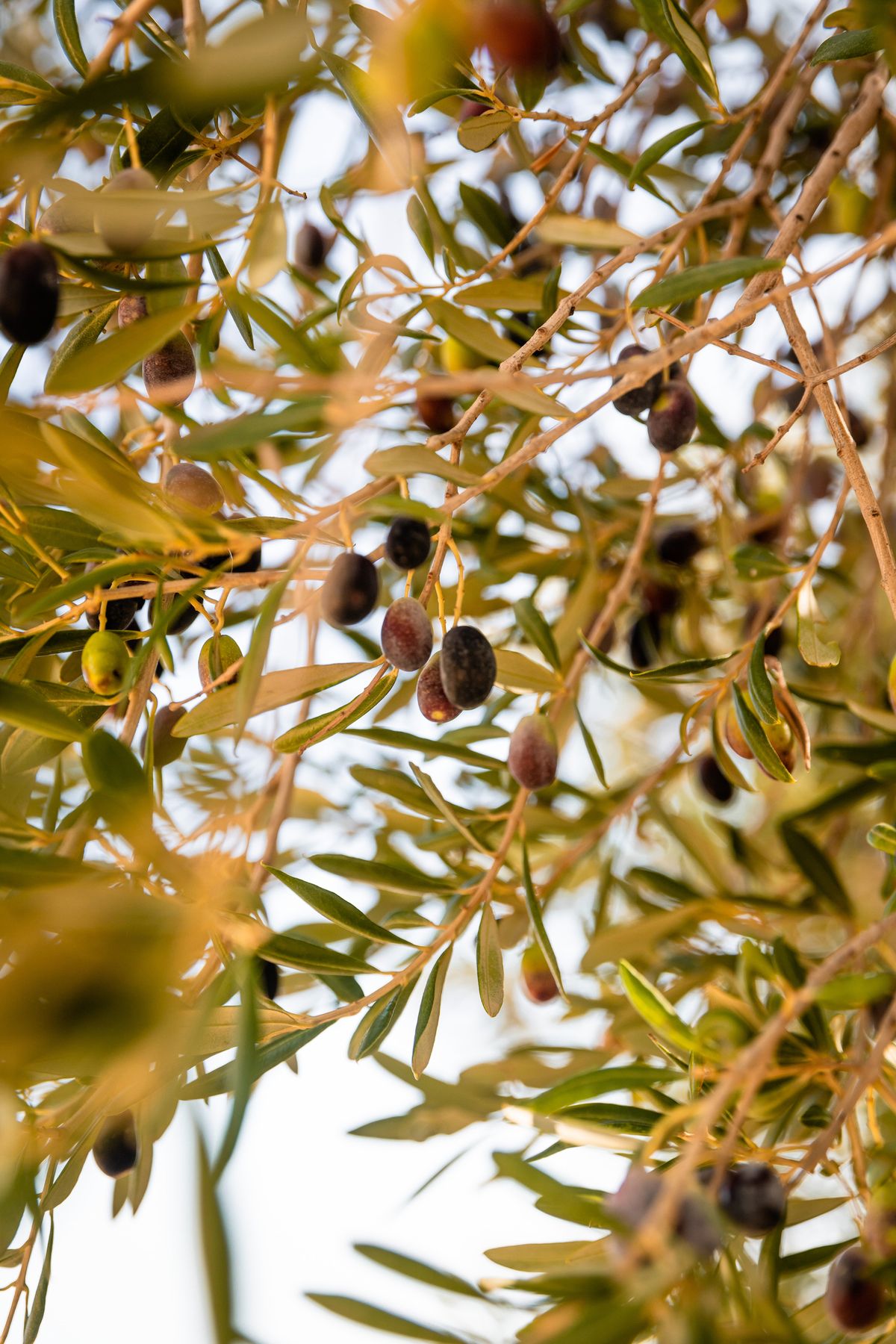
Green olives are always used to make olive oil, but there is a major difference between "early harvest" and "late harvest" olive oil. The less ripe olives produce powerful olive oil, with typically higher polyphenol levels.
Olives harvested when more ripe will produce a milder, fruity tasting oil. Ripe olives also produce a higher yield than unripe olives and can be more easily picked using mechanical harvesters which lowers the cost of production.
Olive oil producers must determine the right time to harvest their olives. Should they produce a higher quality, early-harvest product, and sell less oil but at a higher price? Or should they wait until the olives ripen a bit, produce more oil, and sell that higher quantity at a lower cost? There are many other factors at play here, but this is a general guideline. For example, a small-batch organic farm, will always harvest its olives early. This produces a highly nutritious and flavorful olive oil that all of our customers love.
Despite green olives being the olives that are used to make olive oil, it is important to remember that the color of the actual olive oil when made has no effect on the quality. There is a common misconception that more green = good, but that is not the case. Some olive oils are naturally more "yellow" than green, but that is not an indicator of quality.
This is also why professional tasters taste out of dark glasses where they cannot see the color. A good olive oil cannot be determined by color; taste and smell will always be the best performance indicators.
Arbequina olives come from Spain, but have become increasingly popular worldwide due to their more delicate and fruity oil. Arebquina olive oil is known for its smooth, buttery texture and mild flavor, with subtle notes of almonds and apples. It's ideal for use in dressings, drizzling over fresh salads paired with red wine vinegar, or pairing with any dish where the olive oil's nuanced flavor can shine through.
Oliva Dorado extra virgin olive oil comes from organic arbequina olives.
Known for its bold, peppery, and robust flavor, picual olives are widely grown in Spain, particularly in the region of Andalusia, Olive oil made from picual olives tend to have a slightly bitter and pungent taste. Many chefs prefer to cook with picual olives for this reason.
Often referred to as the "queen of olives", Koroneiki olives are small, but packed with flavor. They are native to Greece and have a naturally higher polyphenol content, which gives the oil a robust, fruity, and slightly peppery flavor. Koroneiki olive oil is often described as intensely aromatic with a bold finish.
Predominantly grown in Italy's Puglia region, these green olives are known for their robust, peppery, and slightly bitter taste.
Niçoise olives come from the French Riviera, around the city of Nice on the Mediterranean coast. This provençal olive oil has a dark purplish color and is typically used in settings of more ripened olives.
Named after the Greek island where they are grown, Thassos olives are large olives that undergo dry curing using a nutrient-rich sea salt.
The story of olives is as rich and enduring as the olive trees themselves. Cultivated for over 8,000 years, olives have been a cornerstone of Mediterranean life, shaping the diets and traditions of ancient Greeks, Romans, and Egyptians. These civilizations not only prized olives for their nutritional value but also revered the olive tree as a symbol of peace and prosperity.
The word “olive” made its way into Middle English in the 14th century, tracing its roots back to the Greek “elaia,” a testament to the fruit’s deep historical significance. Over the centuries, olives have traveled far beyond their Mediterranean origins, adapting to new climates and inspiring countless varieties and culinary uses. Today, olives remain a beloved staple, celebrated for their rich flavor, versatility, and the enduring legacy of the olive tree in cultures around the world.
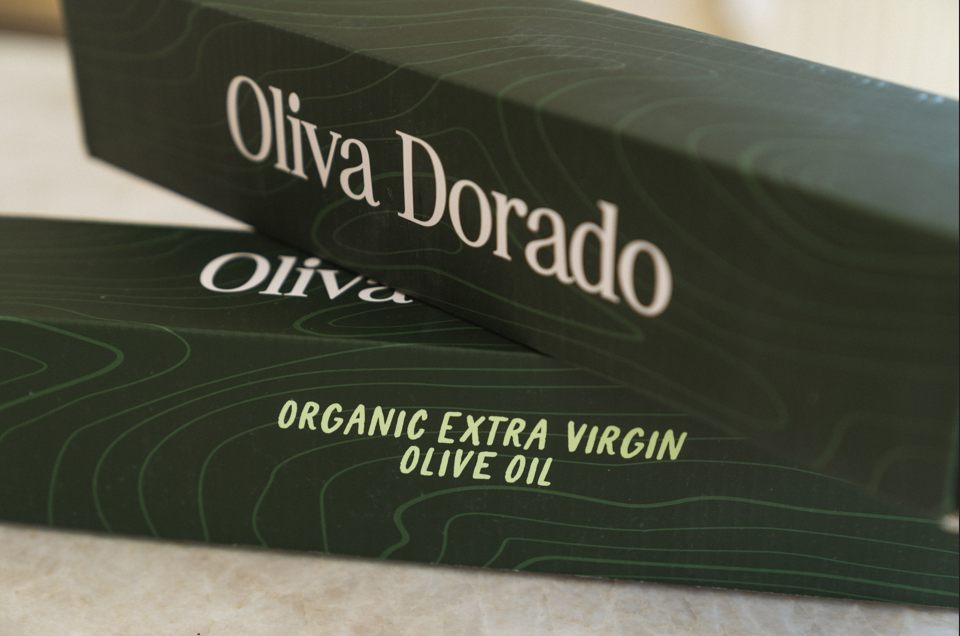
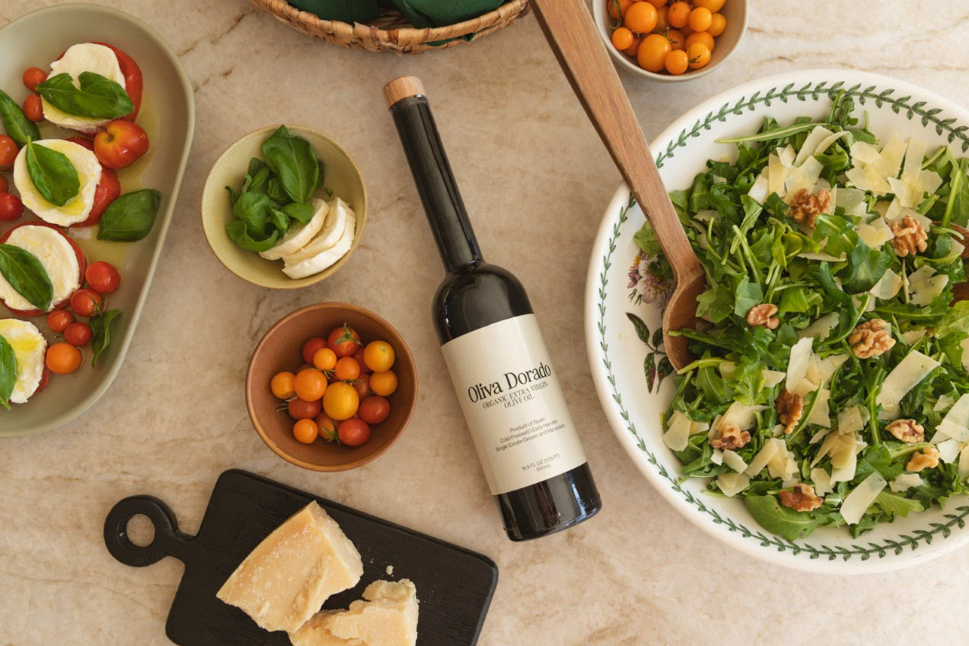
To get the most out of your olives, proper storage and thoughtful preparation are key. Olives should be kept in a cool, dry place, away from direct sunlight, to preserve their crisp texture and vibrant flavor. Whether you’re storing green olives or black olives, keeping them in their original brine or olive oil in the refrigerator will help maintain their freshness for weeks.
When it comes to cooking, olives shine in both simple and sophisticated dishes. Try adding green olives to a salad with provençal olive oil, sheep’s milk cheese, and a sprinkle of thyme for a taste of the French Riviera. Black olives, with their meaty texture, are perfect in classic Niçoise salads or as a savory topping for pizzas and roasted vegetables. No matter how you use them, olives bring a burst of green color and rich, savory flavor to any meal.
Olives have long held a special place in cultures around the world, symbolizing peace, abundance, and good health. In ancient Greece, olive trees were considered sacred, and their fruit was a prized offering to the gods. Today, the influence of olives extends far beyond the kitchen. The color olive green, with its distinctive dark yellowish green hue, has become a staple in fashion and interior design, evoking a sense of warmth and understated elegance.
Olive drab, a duller shade of olive green, is well known as a camouflage color in military uniforms, valued for its ability to blend into natural landscapes. Artists, too, have embraced the color olive, using its subtle shade and hue to create depth and richness in their work. Whether in the form of a classic Mediterranean dish, a stylish home accent, or a timeless camouflage pattern, olives and the color olive green continue to inspire and connect people across generations and cultures.
The type of olive, along with the environment in which it’s grown, harvesting time, and processing methods, all play critical roles in shaping the final flavor and quality of olive oil. When selecting an olive oil, understanding these differences and knowing where your oil comes from is very important.
When you choose our organic extra virgin olive oil, know you are always getting an early-harvest, organic extra virgin olive oil from arbequina olives, grown on a single estate in Zaragoza, Spain. It doesn't get much better than that.